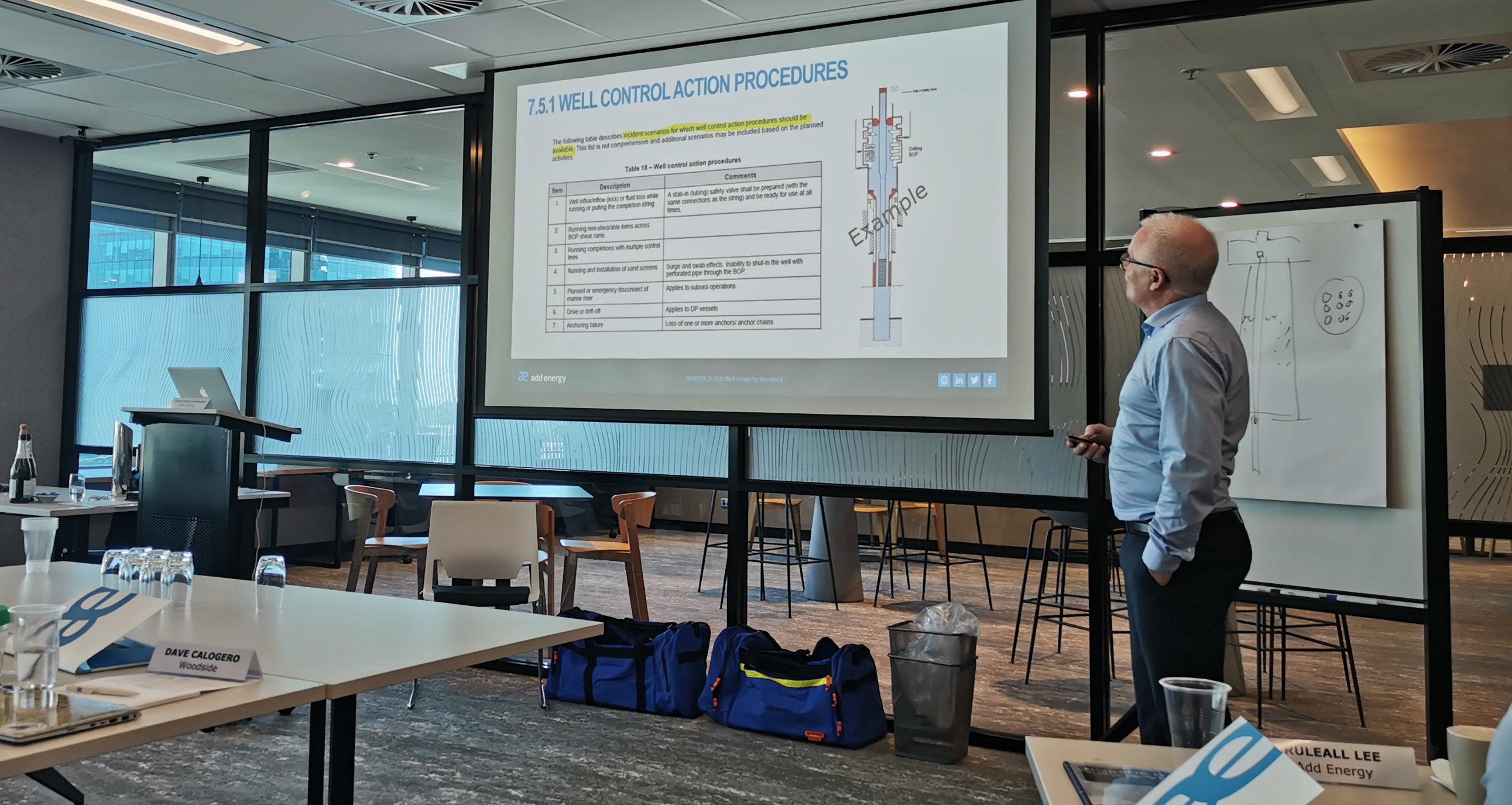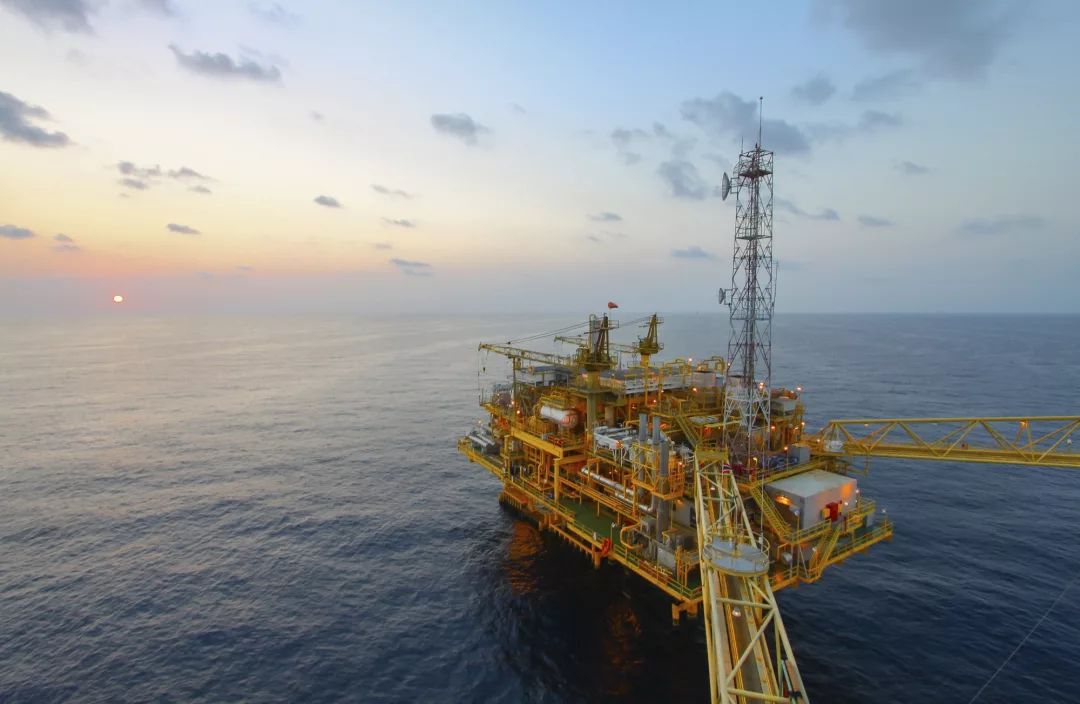Well integrity has been recognized as a vital aspect of drilling, production, decommissioning and energy transition processes for many years, with significant developments being made to improve both the construction and operational procedures throughout a well’s life cycle – not only to ensure a longer lifespan of the well, but more importantly for human and environmental safety.
Despite this recognition, many problems relating to well integrity management remain prevalent in the oil and gas industry, which can have disastrous consequences if they fail to be addressed. If the well’s integrity isn’t managed effectively throughout the entire lifecycle, this could potentially result in a blowout which could cause heavy pollution, loss of lives and irreparable damage to a company’s reputation and finances.
To help you optimize your well’s integrity, we share the top 5 challenges associated with well integrity management, and a roadmap to overcoming these common obstacles.
1. Lack of understanding in what well integrity is throughout the full life cycle
Effective well integrity should be broken down into 3 fundamental aspects; technical, operational and organizational management tactics, which all share the core aim of ensuring maximum containment of the well. This means full prevention of fluid or gas leaks throughout the well’s entire lifespan, which can be anywhere between 30 days to 30 years.
Given how vital well integrity management is, it’s something which must be considered at every phase of the well’s life cycle, from planning and design through to decommissioning. However, consistency in the standard of well integrity management can be difficult to maintain over many years, with multiple teams and personnel involved across these phases.
To overcome this common issue, we have summarized important factors which must be considered at each stage of the process:
- During the planning and design phase, the worst case exposure to pressures and temperatures must be factored into the design of well barriers, as well as erosion and corrosion mechanisms which can compromise its strength. This stage will also involve creating a plan for abandonment at the end of the well’s expected lifespan, so that every phase is considered right at the beginning in order to minimize risks.
- “When it comes to constructing the well on site, all activities must be carried out with two well barriers in place – one containing drilling fluid, the other being mechanical using formation, cement, casing and BOP verified by pressure testing and logging to ensure the integrity of long term barriers.
- During production, routine maintenance of surface equipment and testing of accessible downhole barrier components must be conducted to ensure the well’s integrity to avoid costly unplanned maintenance or worse, downtime. It’s also important that the casing and tubing annuli are routinely checked for pressure changes, which can indicate leaks in downhole well components, and corrosion inhibitive chemicals are applied if needed. Finally, replacing downhole components, such as chemical injection valves, gas lift valves and downhole safety valves may occur to ensure safe and effective performance of the well during its life.
- When the well reaches the end of its life and abandonment takes place, it’s vital that the well is fully sealed off in a way that prevents leaks permanently. This involves setting two permanent barriers – usually two plugs consisting of cement and steel – and carefully considering potential pressure recharging from aquifers and CO2 injection as it can be very costly to fix any leaks once the well has been abandoned, not to mention the liabilities associated with this.
2. Making well integrity decisions based purely on costs
All involved parties have a shared responsibility in maintaining well integrity, from the design engineers and service providers delivering the equipment, to well construction personnel and those operating it on site. However, it is crucial that there is a passionate manager appointed at the top of the chain, who understands the core well integrity principles and is willing to support well integrity management at each stage of its life.
Although this sounds straightforward enough, successful well integrity often comes down to choosing a more costly solution, rather than opting for a shortcut that will cost less financially or be easier to implement. In a cost-conscious environment, it is common for managers to favor what will cost less in the short term over what will ultimately be more effective in the long term, which carries an increased risk of losing control of the well, or reactive maintenance later on, and subsequent additional costs and possible lost production.
3. Failing to carry out a careful assessment of any changes required
Optimizing the performance and integrity of a well will mean that adaptations have to be made throughout its lifespan, whether that’s during the early stages of planning and design, or perhaps when materials are being selected during construction and operational execution.
Although reactive changes may need to be made, it’s a common issue in well integrity management that these alterations fail to undergo careful assessment, or be properly communicated with the wider team. Whether it’s during design, production or decommissioning, approvals and input from the well integrity team must be clearly stated in a handover, with the operating limits fully verified.
Once the well is in operation, recording any procedures carried out – such as initial clean up, shut-ins or maintenance – will also be crucial to ensuring safe and effective production. This will allow any issues to be identified and resolved swiftly, before they become more difficult to control.
4. Lack of clear and concise requirements in place
Although most countries have regulations in place, providing guidelines and requirements to ensure effective well integrity management, we have seen regulations differ significantly with regards to the level of details, solutions and robustness. Fortunately, the major oil gas companies have their own standards which, in some countries, supersede the national regulations, however this is not always the case.
The Norwegian petroleum industry sought to resolve a lack of clear guidelines in the early 90s by developing the NORSOK standards, and I have been involved in the development of the D-010 well integrity standard from the beginning. This standard is sought to combine adequate safety and cost effectiveness in well integrity management, and replace existing operating company specifications. In an approach that utilized simple sketches, the forerunning company Norsk Hydro described well integrity and well barriers in a clear and systematic way. This was followed by small to larger operators thereafter and eventually adopted into the world’s first well integrity standard, NORSOK D-010 in 2003.
It’s vital that clear and concise guidelines such as this are in place before operations take place – and are applicable to all involved parties, not only to ensure the integrity and a long lifespan of the well, but for safety of life and the environment.”

5. Irregular training and staff who lack necessary skills in well integrity management
Another key challenge we see in the industry is a knowledge and skills gap within well integrity teams, particularly in response to unplanned situations and having workable emergency response plans in place.
As the industry faces periods of budget cuts and resource constraints, it’s more challenging to obtain the right number of people for the job, or a team with the necessary skills required. This, however, results in the issue being further exacerbated as compromised well integrity management leads to costly unplanned maintenance.
Effective well integrity management is about understanding what you are doing, with competent people on the job all the way through the well’s life. You need a team with the mindset that “well integrity is everyone’s business and a shared responsibility”, who will work to the regulatory standards and document what they do for future use and undergo regular training to prepare for any unplanned situations and emergencies which could prove even more costly in the long run.”
How can AGR help you overcome well integrity challenges?
At AGR, our dedicated team can help with setting up an effective well integrity management system (WIMS) across oil and gas, geothermal and CO2 storage wells. Our WIMS includes procedures which comply with local requirements and are supplemented by the requirements from recognized standards, such as NORSOK D-010.
With the experience of being heavily involved in the development of NORSOK D-010 under our belt, we have written several well integrity manuals, carried out technical investigations of well integrity incidents, delivered numerous courses and occasionally provided expert witness assistance during incident investigations.
Once the WIMS is in place, we then train drilling and well operations personnel to understand and use the system in place, which gives them the motivation, skills and tools needed both in their daily work and when a well control situation arises.




